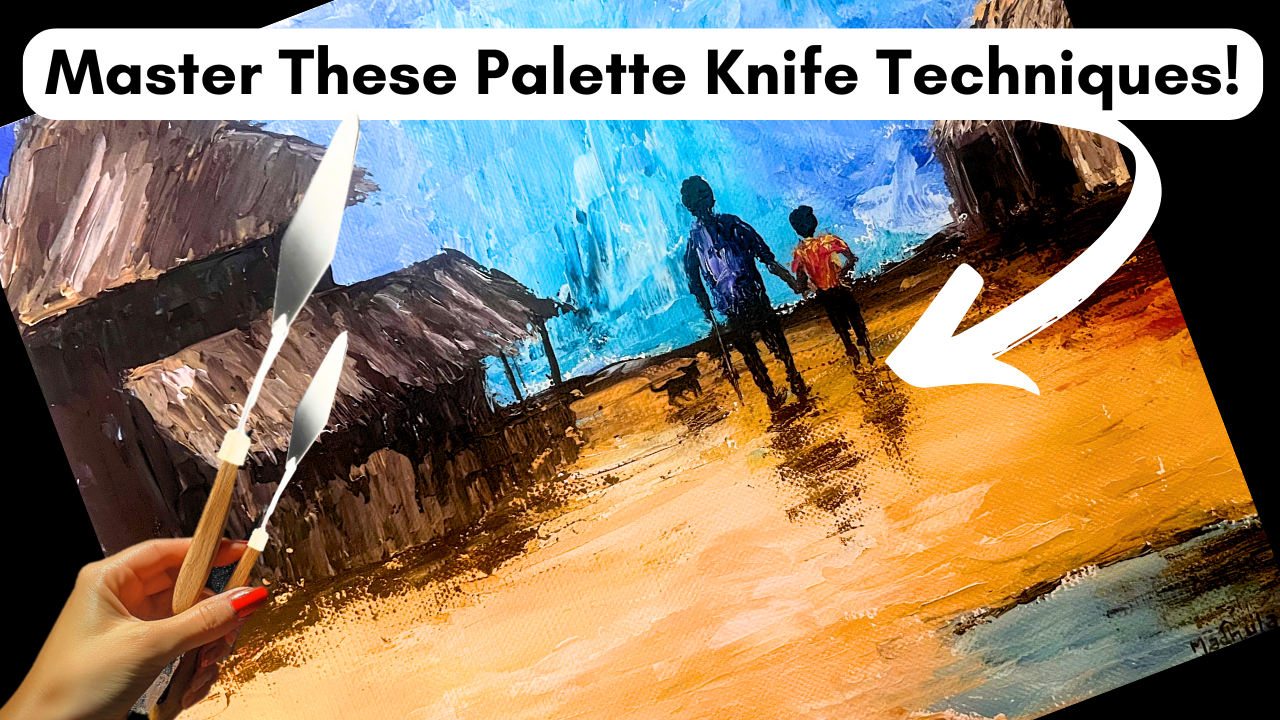Discover the art of palette knife painting with our comprehensive guide for beginners. Learn essential techniques and create stunning textured artwork!
How to Reuse Dried Acrylic Paint: Restore Acrylic Like a Pro 🎨
Are you (perhaps) fatigued by wasting dried acrylic paint? Understanding how to (re)use dried acrylic paint can save you both time and money. In this guide, we’ll explore effective methods to restore your dried acrylics (whether they’re in bottles or tubes). With the right techniques, you can get back to creating beautiful art (without) breaking the bank! However, it is essential to note that some techniques may require (a bit of) practice, although the rewards are worth it. This process can enhance your artistic experience, but it also demands patience. Because of this, artists often find themselves more engaged with their materials.
Table of Contents
- Step 1: Understanding Acrylic Paint Consistency 💧
- Step 2: How to Reactivate Semi-Dried Paint Bottles 🔄
- Step 3: Reviving Semi-Dried Metallic or Pearl Paints ✨
- Step 4: How to Restore Fully Dried Paint Bottles 🧴
- Step 5: Reviving Fully Dried Paint Tubes 🎨
- Step 6: Safety Concerns: Is it Safe to Use Reactivated Paints? ⚠️
- Step 7: Tips for Long-Term Storage and Maintenance 🗄️
Step 1: Understanding Acrylic Paint Consistency 💧
Before diving into (the) restoration process, it's essential to understand the different consistencies of acrylic paint. Acrylics can vary (in viscosity) from thick to thin; however, knowing this will help you choose the right method for reusing (any) dried paint. Although some may overlook this aspect, it is crucial because this knowledge can significantly influence your approach.
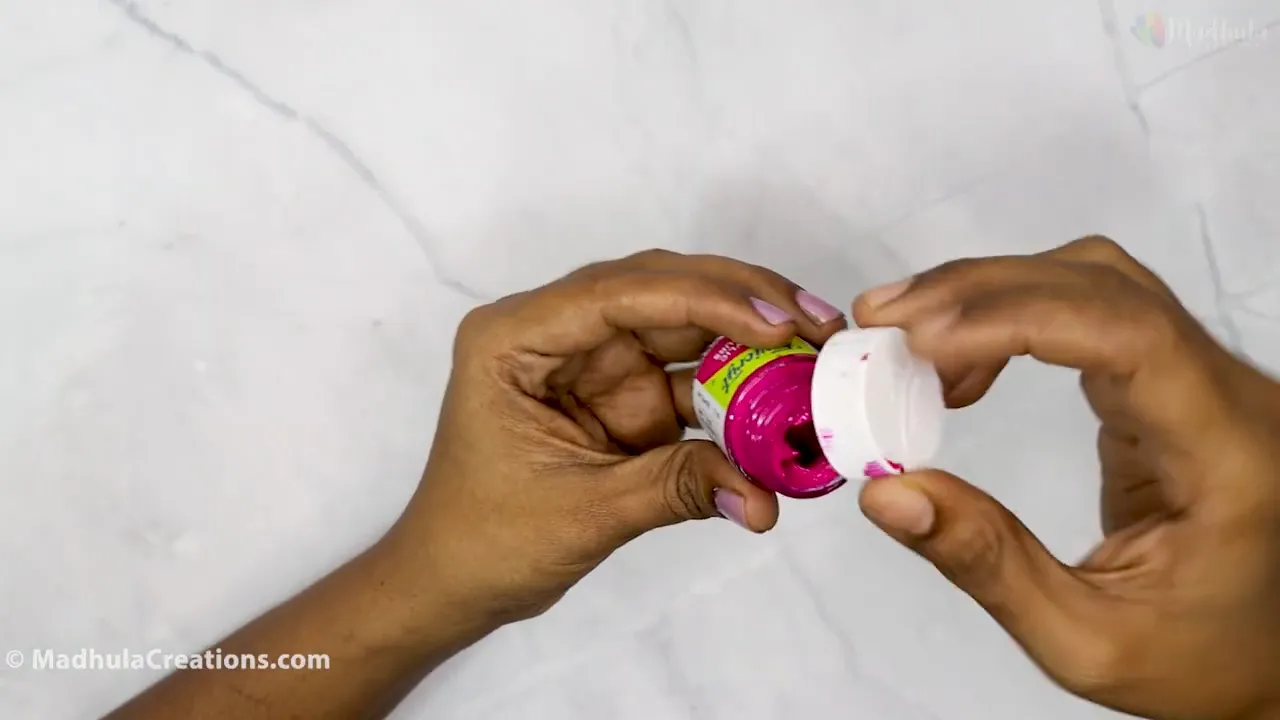
Step 2: How to Reactivate Semi-Dried Paint Bottles 🔄
If (you) have semi-dried paint in bottles, the process is (relatively) straightforward. Start by adding a few drops of water to paint. Use a wooden spoon or (an) ice cream stick to mix it (thoroughly) until you achieve a smooth consistency. This method works wonders for paint that hasn't completely dried out; however, be mindful of the amount of water you add, because too much can alter the paint's properties. Although this technique is effective, some care is needed to maintain the desired texture.
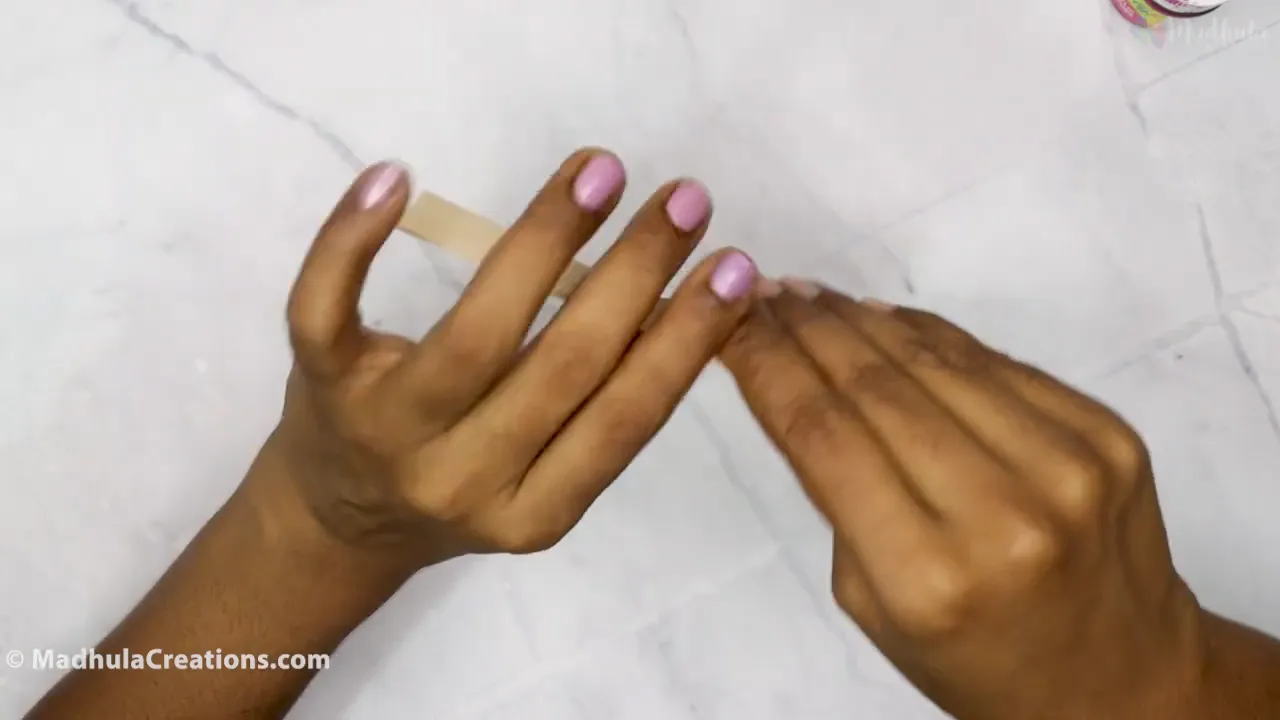
Step 3: Reviving Semi-Dried Metallic or Pearl Paints ✨
Metallic (or pearl) paints can be trickier; however, don’t fret! Just like with regular acrylics, you add water and mix. Although you might want to use a bit of rubbing alcohol for these types of paints (because it helps restore their shine), this can be a good approach.
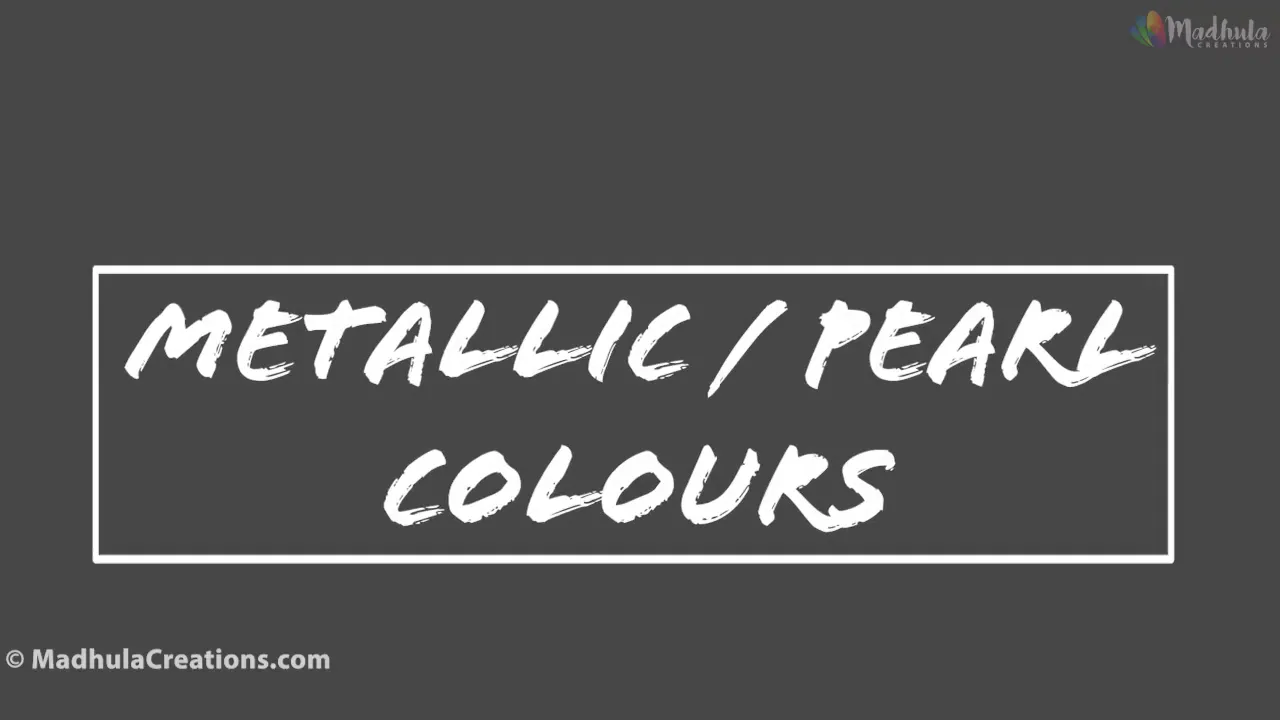
Step 4: How to Restore Fully Dried Paint Bottles 🧴
Fully dried bottles can (indeed) be challenge, however they’re not beyond saving. Start by adding few drops of rubbing alcohol (or) hand sanitizer to dried paint. Let it sit for few minutes, then mix it vigorously. This method helps dissolve paint and brings it back to life.
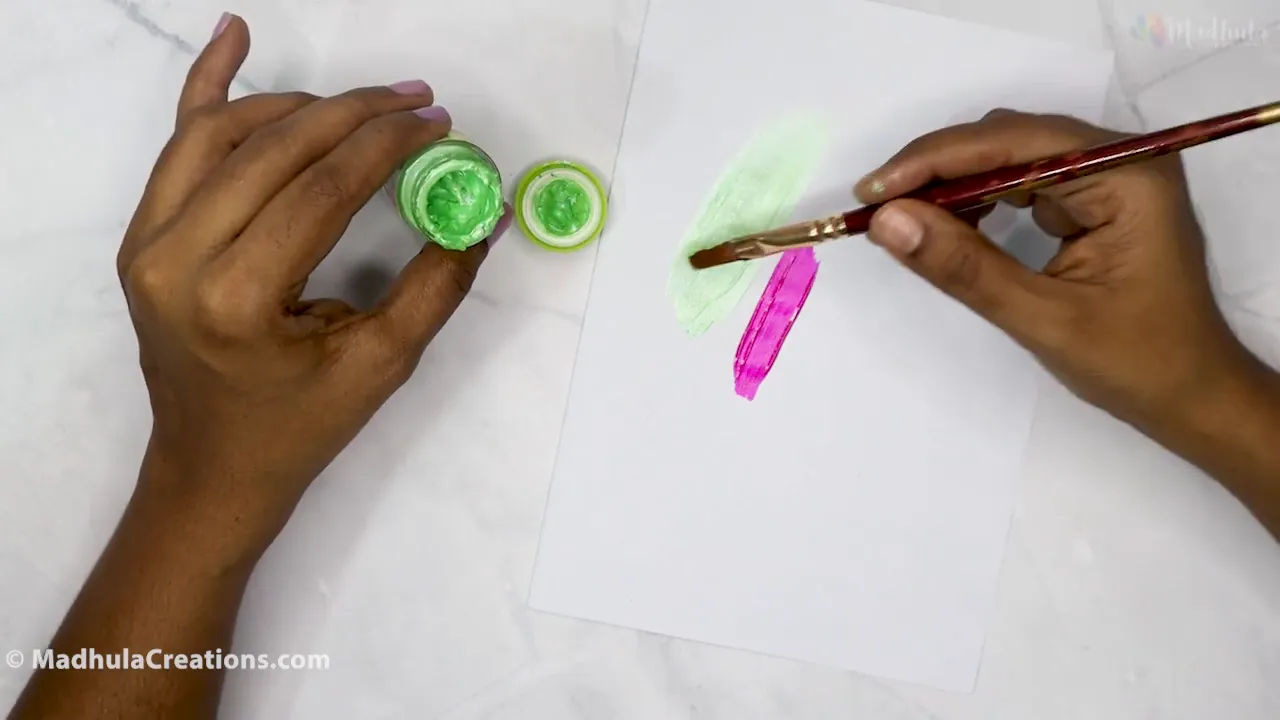
Step 5: Reviving Fully Dried Paint Tubes 🎨
For paint tubes (that have dried), squeeze out any remaining paint into a mixing palette. Then, add a few drops of water or rubbing alcohol; mix thoroughly until you regain a workable consistency. This approach is effective for (any remaining paint) stuck in the tube. However, some may find it difficult, because the paint can become quite stubborn. Although you may need to repeat the process, it is worth the effort.
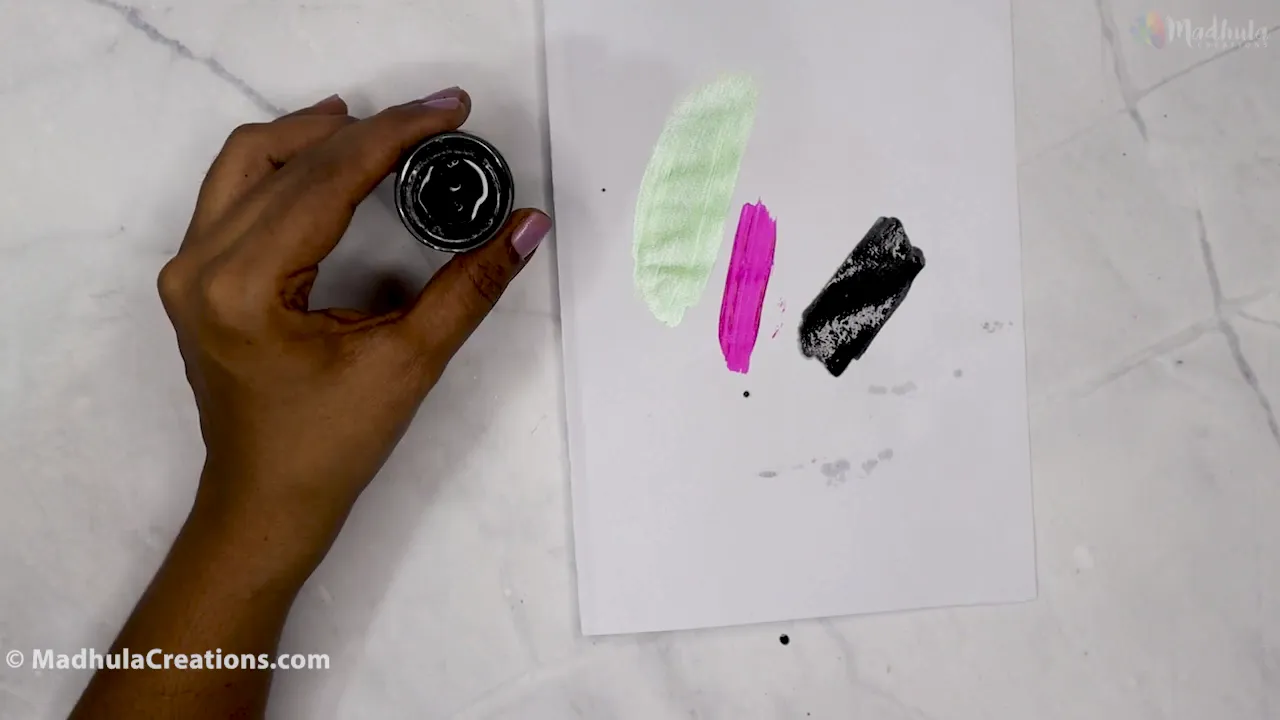
Step 6: Safety Concerns: Is it Safe to Use Reactivated Paints? ⚠️
When restoring dried acrylic (paints), safety is paramount. Always ensure that paint is still usable and hasn’t developed (any) mold. If you’re unsure, it’s better to err on the side of caution; however, (discarding) the paint may be necessary because this could prevent potential health risks.
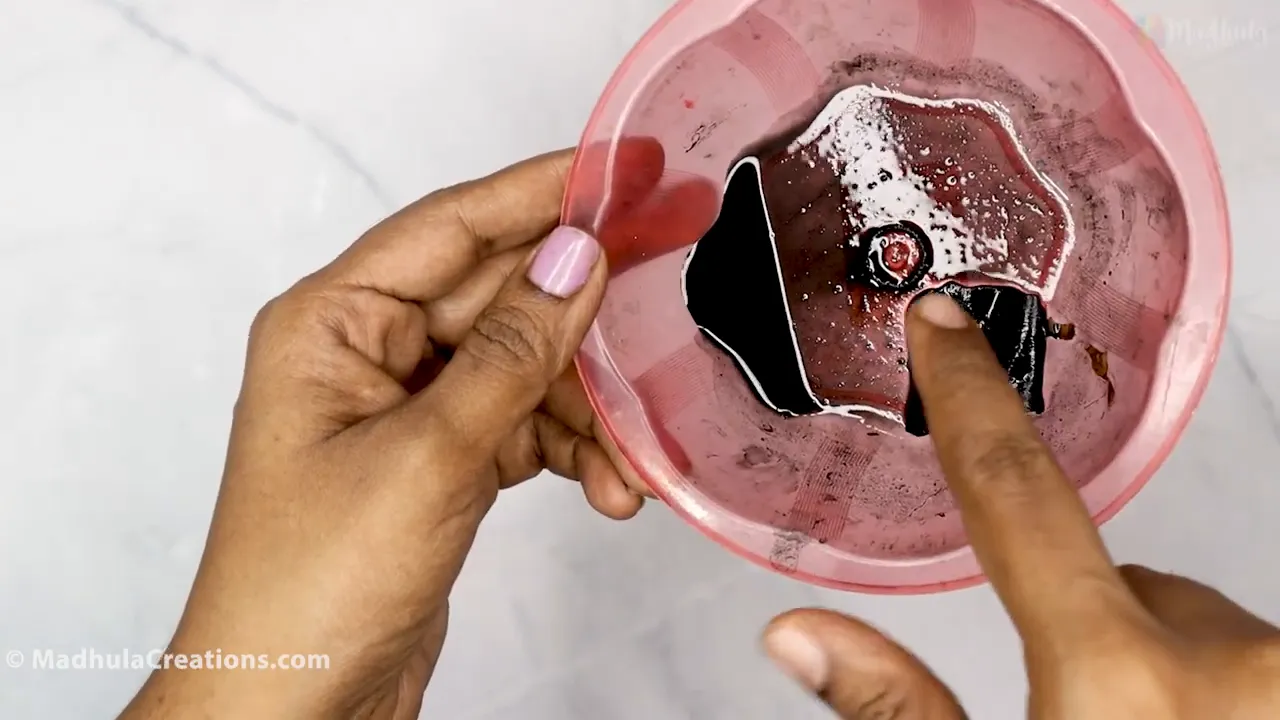
Step 7: Tips for Long-Term Storage and Maintenance 🗄️
To prevent acrylic paints (your) from drying out in the future, consider these tips: however, it is important to store them properly. Although you may think they are fine, exposure to air can be detrimental. This is because even a small amount of air can cause the paints to thicken or dry. Therefore, ensure that the lids are tightly sealed (after use). Additionally, you might want to keep them in a cool (and dark) place. But remember, the environment plays a significant role in maintaining their quality.
- Always seal your paint bottles tightly after use.
- Store them in a cool, dry place away from direct sunlight.
- Consider using a palette that allows you to cover the paint while working to keep it moist.
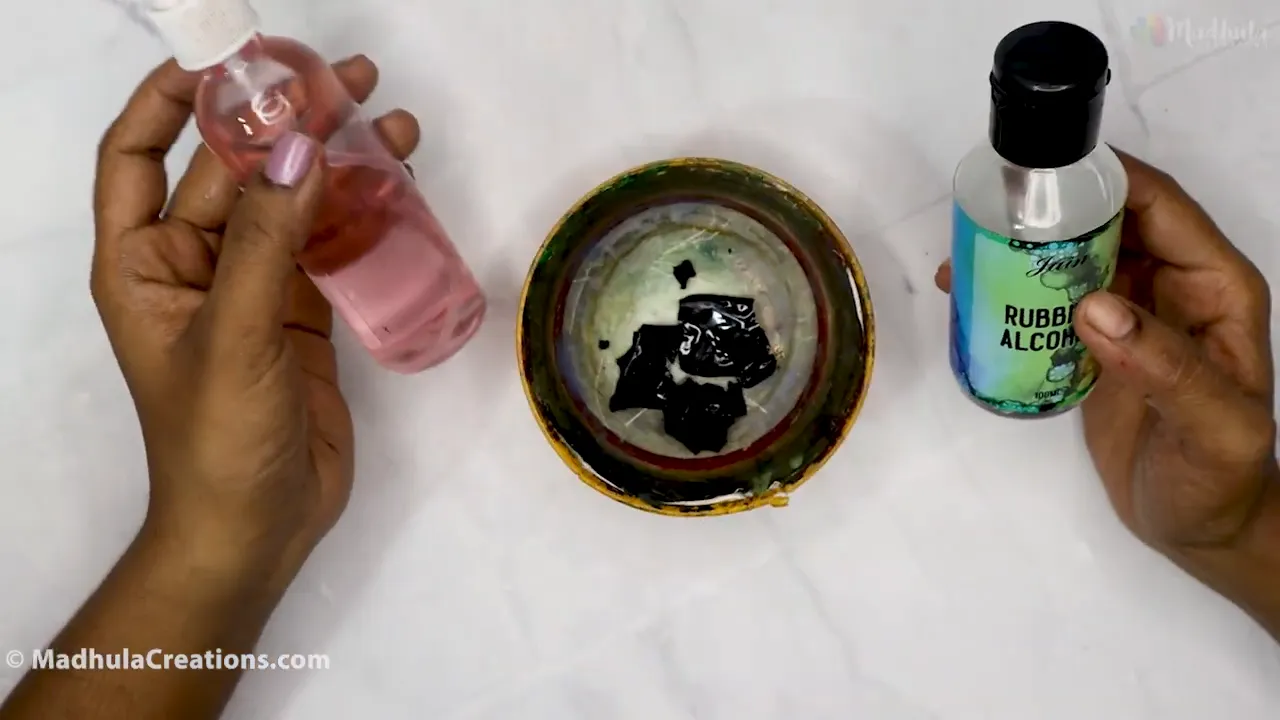
By following these steps, you can (easily) reuse dried acrylic paint—restoring it to a workable condition. Remember: the key is to act quickly, (however) before the paint completely dries out. Enjoy your painting journey; don't forget to check back for more tips (and) tutorials! Although some may find this process challenging, it can be rewarding (because) creativity knows no bounds.
For more in-depth techniques, download my free eBook with the top 25 tips for beginners to improve your acrylic paintings! Also, explore my recommended materials for all your painting needs.
If you're looking for easy acrylic painting tutorials, check out my YouTube channel for step-by-step guides.
Get Your Free Guide
Acquire all the fundamentals of colors (and their mixing techniques)! Obtain your copy of the FREE Acrylic Color Mixing Guide: this essential resource will enhance your skills. However, knowing the basics is crucial, because without it, mixing can become quite challenging. Although many people overlook these principles, they are foundational to creating vibrant artworks.
Download NowLeave a Comment 👋
Leave a Comment 👋
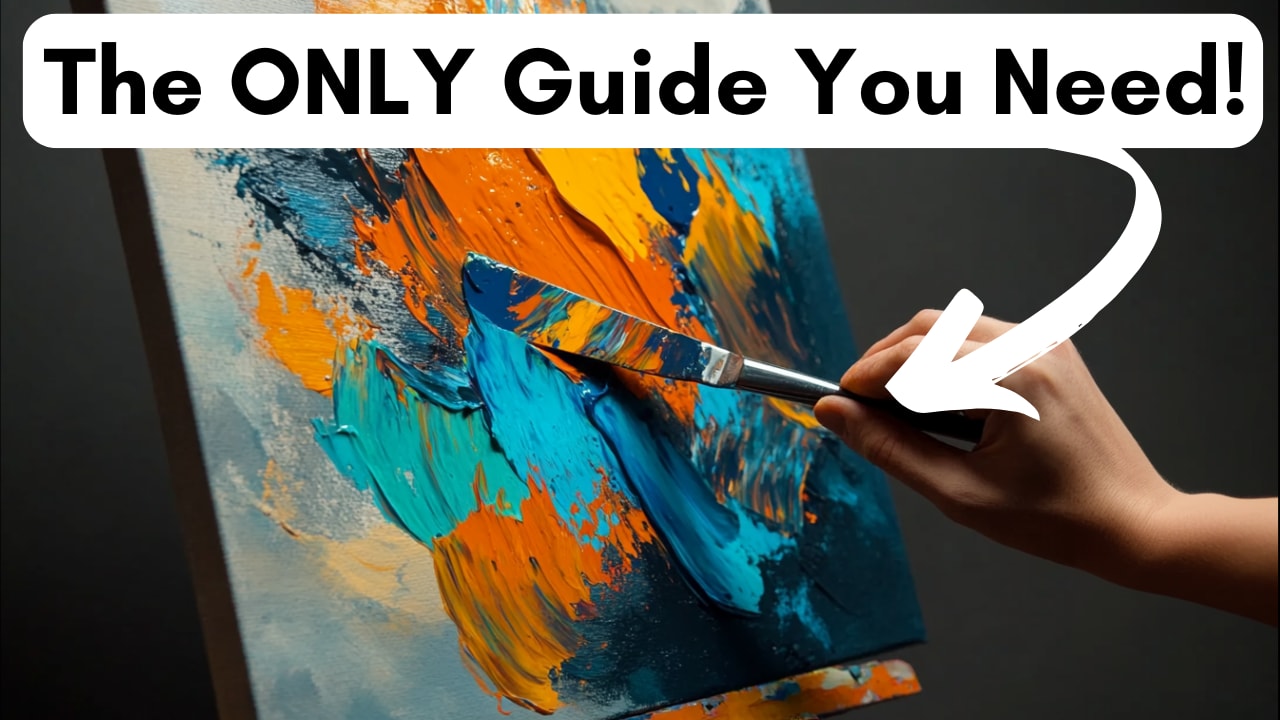
PALETTE KNIVES - Your ULTIMATE Guide!
Unlock your creativity with our ultimate guide to palette knives! Discover techniques, types, and tips to enhance your painting skills.
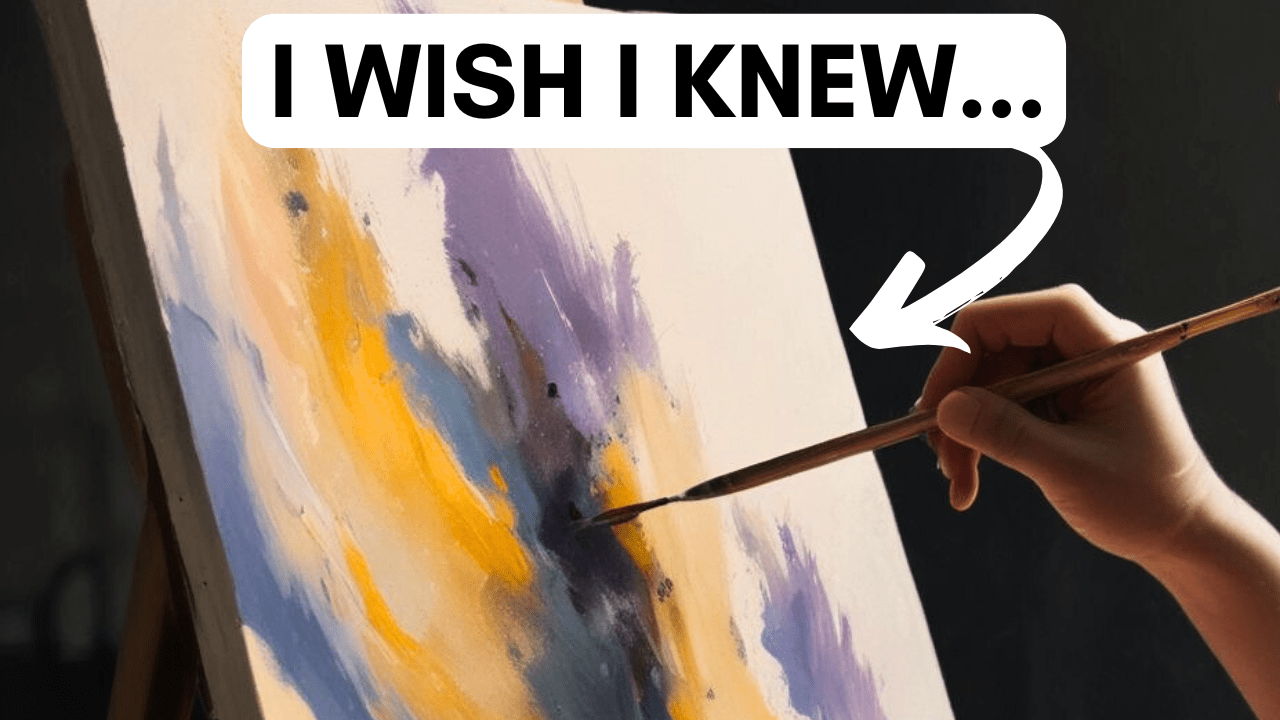
ACRYLIC Painting - Top 3 Key Strategies to IMPROVE your paintings
ACRYLIC Painting - Top 3 Key Strategies to IMPROVE your paintings
